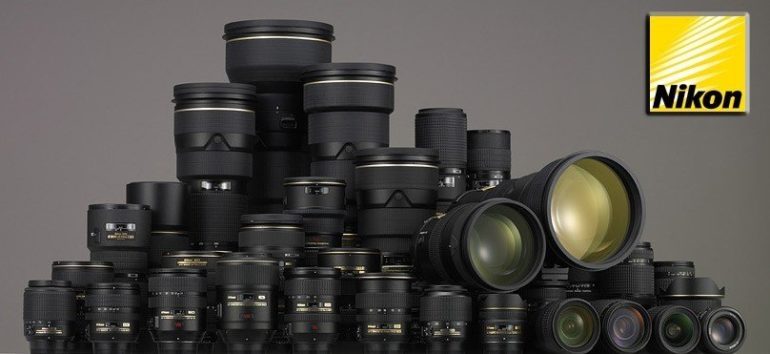Nikon Middle East FZE has hit a milestone achievement of 90 million in total production of NIKKOR lenses for Nikon interchangeable lens cameras. The milestone, officially reached at the end of October 2014, is also accompanied by the equally momentous 50 million total production mark for NIKKOR lenses equipped with the Silent Wave Motor (SWM) technology. In 1959, Nikon (then Nippon Kogaku K.K.) released the Nikon F as well as its first NIKKOR lenses for Nikon SLR cameras, including the NIKKOR-S Auto 5cm f/2. The NIKKOR tradition henceforth actively continued over the years with advanced optical technologies deployed onto its lenses and consequently expanding its lineup of interchangeable lenses for the Nikon 1, Nikon’s Advanced Cameras with Interchangeable lenses first released in October 2011.
Within months of its announcement of the 85 million mark in January 2014, NIKKOR lenses in its many years of rich history and knowledge in optical technology, continues at a steady rate to mark its next production milestone. In addition to the 90 million milestone, the total production of NIKKOR lenses equipped with the SWM, an autofocus motor developed by Nikon, has reached its 50 million total mark. The achievement comes within eighteen years since the 1996 release of the Ai AF-S Nikkor 300mm f/2.8D IF-ED, one of the first lenses with the SWM. Nikon’s SWM converts “traveling waves” into rotational energy to focus the optics, which in turn provides for exceptionally quiet autofocus photography. All NIKKOR lenses for SLR cameras released since 2004 have been equipped with the SWM.
To date, a total of seventy two zoom lenses, fixed focal length (prime) lenses, and Micro lenses covering a broad range of focal lengths from ultra-wide-angle to super telephoto, equipped with the SWM have been released for FX- and DX-format digital SLR cameras. The SWM-adopted series also includes one fast, medium-telephoto, fixed focal length (prime) lens for Nikon’s range of Advanced Cameras with Interchangeable Lenses. Among the most recent products which adopted the SWM is the AF-S NIKKOR 400mm f/2.8E FL ED VR, released in August 2014. This lens, compatible with Nikon FX-format digital SLR cameras, represents a new generation of high-performance super-telephoto lenses with its significantly lighter weight. Nikon then further responded to the photographers’ needs in September 2014 by adding the ultra-wide-angle AF-S NIKKOR 20mm f/1.8G ED to its lineup of fast, f/1.8 fixed focal length (prime) lenses for Nikon FX-format cameras. Naturally, the AF-S NIKKOR 20mm f/1.8G ED utilizes the latest optical design technologies to achieve superior resolution.
The lens also adopted Nikon’s Nano Crystal Coat lens coating which controls generation of flare and ghost, while its ED lens elements achieves superior rendering capability with little chromatic aberration. The lens is remarkably portable due to its compact size and light weight, and it enables one of the best photographic expressions with the utilization of a wide angle and beautiful blur characteristics. In June 2014, Nikon released the 1 NIKKOR VR 70-300mm f/4.5-5.6 for its Nikon 1 and this super-telephoto zoom lens with a maximum focal length equivalent to 810mm is the world’s smallest and lightest lens in its class.
The current lineup of 1 NIKKOR lenses consists of twelve lenses with focal lengths ranging from 6.7mm to 300mm (angles of view equivalent to 18mm to 810mm in 35mm [135] format) for coverage of a broad range of focal lengths, from ultra-wide-angle to super-telephoto. The lineup will be further expanded in the future.

